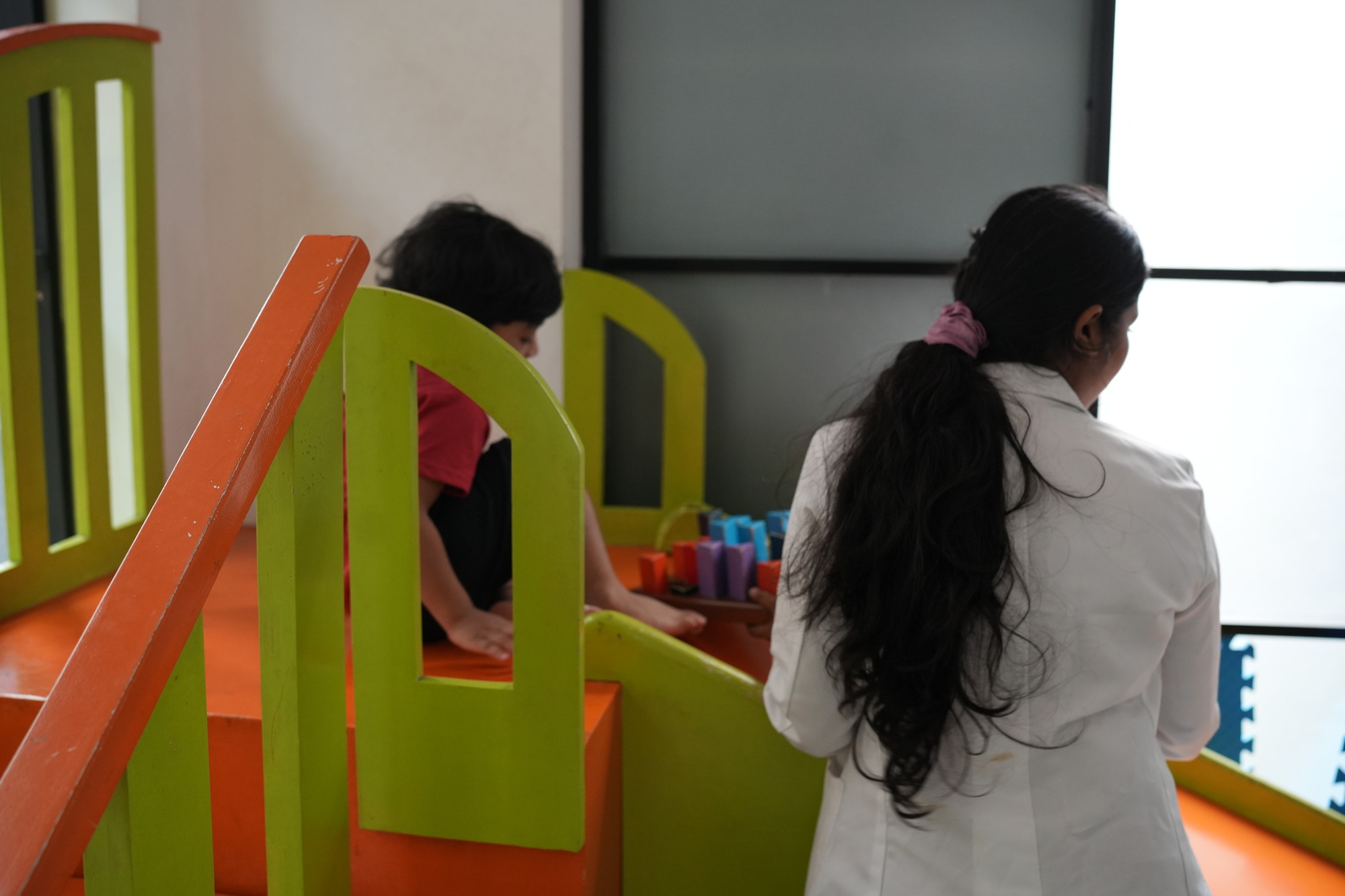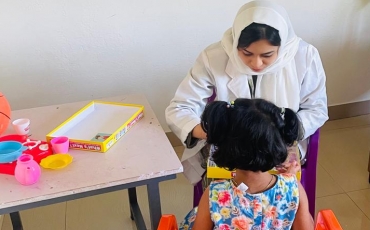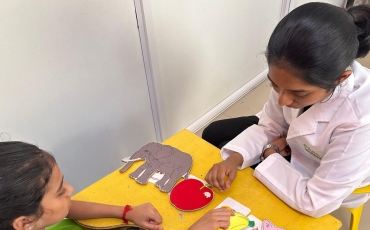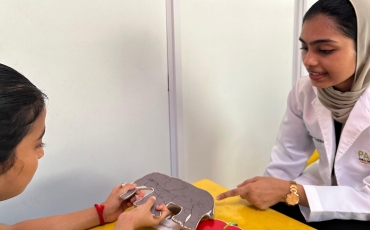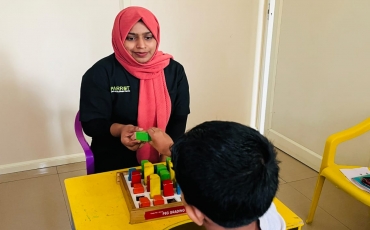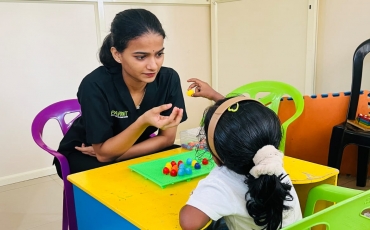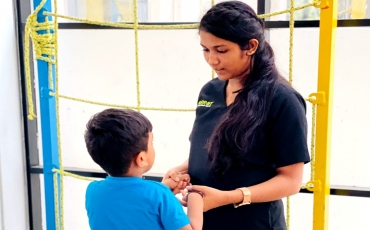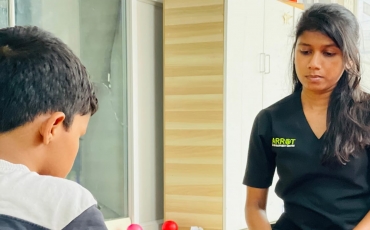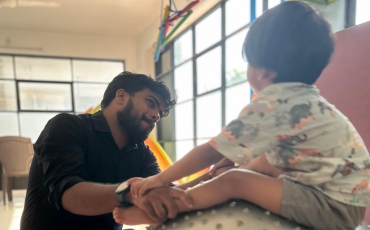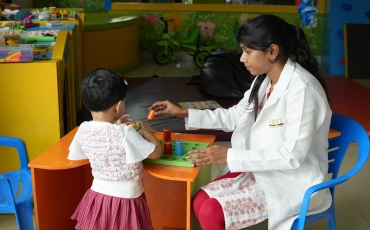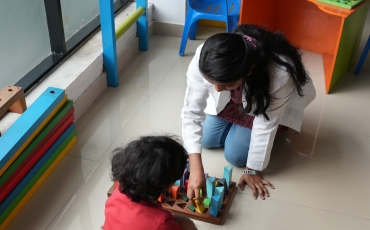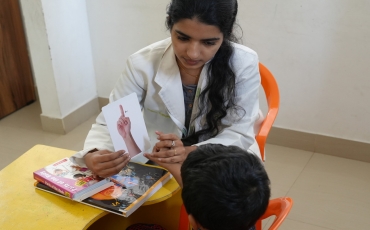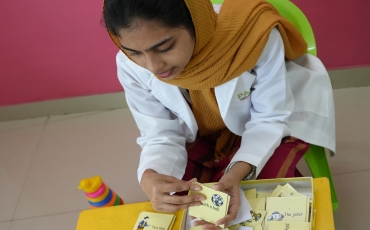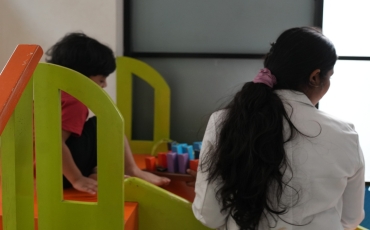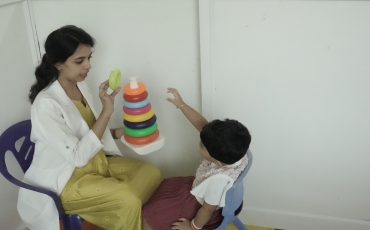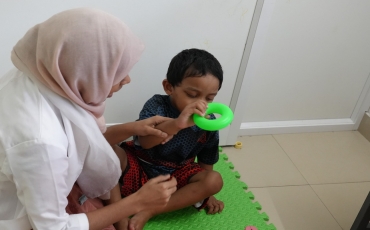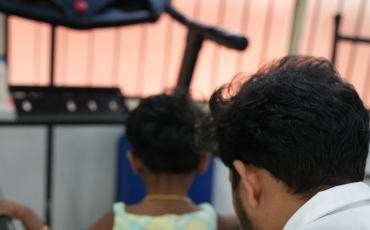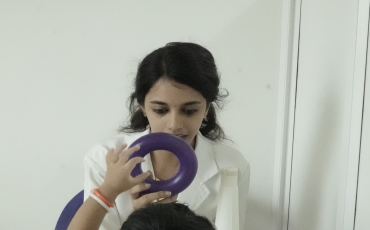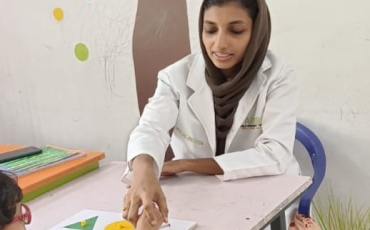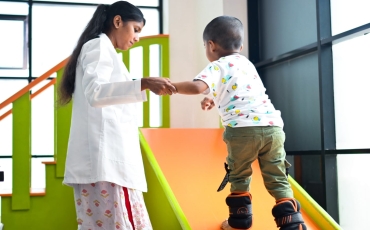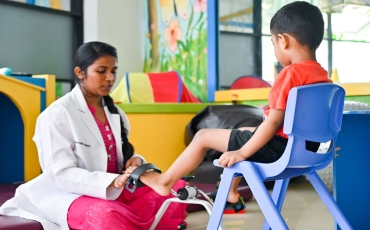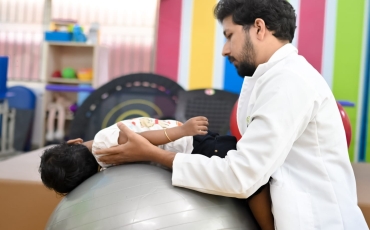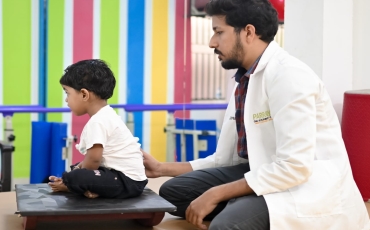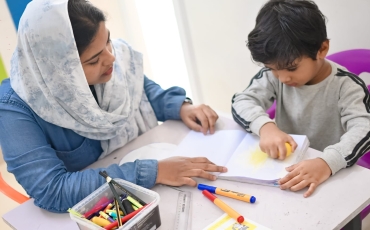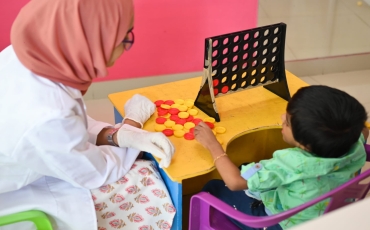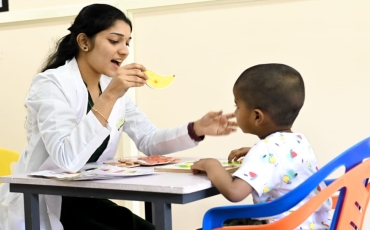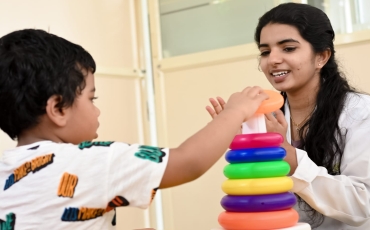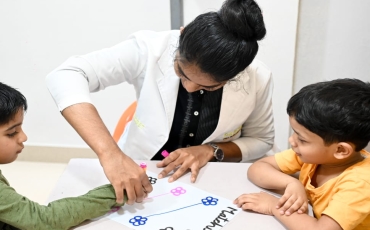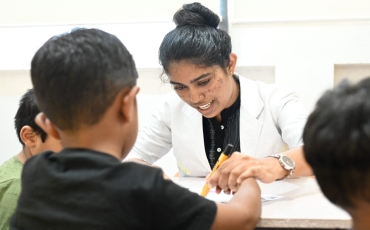Down syndrome
Introduction
Down syndrome is a genetic condition that affects individuals from birth and can have a significant impact on their lives and the lives of their families. This article aims to provide a comprehensive overview of Down syndrome, including its causes, symptoms, and available support and resources for those living with the condition.
Swiss automatic cheap Replica Watches at affordable prices for men and women.
With Swiss reliable movements, top canada cheap replica watches for men and women are on hot sale.
What is Down Syndrome?
Down syndrome, also known as Trisomy 21, is a genetic disorder caused by the presence of an extra copy of chromosome 21. Normally, individuals have 46 chromosomes in each cell, with two copies of each of the 23 pairs of chromosomes. However, individuals with Down syndrome have an additional full or partial extra copy of chromosome 21, resulting in a total of 47 chromosomes. This extra genetic material can lead to a wide range of physical and intellectual challenges.
Causes of Down Syndrome
Down syndrome is primarily caused by a random error during cell division, leading to the presence of an extra chromosome 21. There are three types of Down syndrome:
Trisomy 21: This is the most common form of Down syndrome, occurring in about 95% of cases. In Trisomy 21, every cell in the person's body has three copies of chromosome 21.
Translocation Down Syndrome: In this form, a part of chromosome 21 attaches to another chromosome, typically chromosome 14. While the person has the usual two copies of chromosome 21, they may still exhibit Down syndrome characteristics due to the extra genetic material.
Mosaicism: In this rare form, some cells in the individual's body have the typical 46 chromosomes, while others have the extra chromosome 21. Mosaic Down syndrome results in varying degrees of physical and intellectual challenges.
Common Symptoms and Characteristics
People with Down syndrome may exhibit a wide range of physical and intellectual characteristics. Common physical features include:
Slanted eyes with distinctive folds of skin at the inner corners.A flattened facial profile.A smaller head and ears in proportion to the body.Short stature.Muscle tone and joint laxity issues.Intellectual characteristics can also vary, but individuals with Down syndrome often experience cognitive delays. However, they can learn and develop social and practical skills with appropriate support and education. Other characteristics may include speech and language delays, a tendency towards certain health conditions (such as heart problems and gastrointestinal issues), and a range of sensory and motor challenges.
Support and Resources
Receiving a Down syndrome diagnosis can be challenging for families, but there are numerous resources and support networks available to help them navigate this journey. These resources can include:
Early Intervention Programs: These programs focus on stimulating a child's development in areas such as speech, motor skills, and cognitive abilities.
Educational Support: Children with Down syndrome can benefit from specialized educational programs and Individualized Education Plans (IEPs) tailored to their unique needs.
Medical Care: Regular medical check-ups and interventions can help manage health-related issues associated with Down syndrome.
Therapies: Speech therapy, physical therapy, and occupational therapy can provide significant support for individuals with Down syndrome in developing their communication, mobility, and daily living skills.Support Groups: Joining support groups and connecting with other families facing similar challenges can provide emotional support and valuable information.
Conclusion
Down syndrome is a genetic condition that affects individuals in unique ways, but with the right support and resources, people with Down syndrome can lead fulfilling lives and make valuable contributions to their communities. By understanding the causes, symptoms, and available support, we can foster a more inclusive and accepting society for individuals with Down syndrome.

